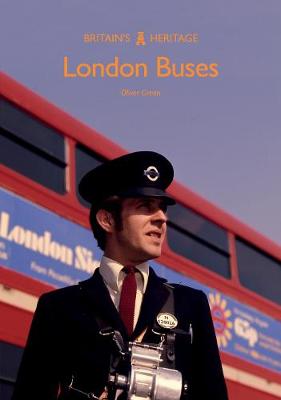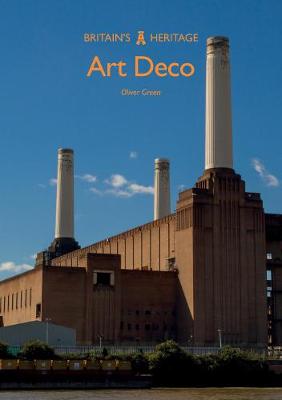Britain's Heritage
2 total works
The bright red double-decker bus has become an icon of London. It is now a unique and instantly recognisable international symbol of Britain's capital city. But its origins go back nearly 200 years to a quite different single-deck vehicle. This was George Shillibeer's Omnibus, which he first put on...Read more
The bright red double-decker bus has become an icon of London. It is now a unique and instantly recognisable international symbol of Britain's capital city. But its origins go back nearly 200 years to a quite different single-deck vehicle. This was George Shillibeer's Omnibus, which he first put on the streets in 1829. A reliable motor bus, the B-type, first appeared in 1910, and had replaced all the city's horse buses by 1914. A succession of ever-improving buses followed. The final design for London Transport was the classic Routemaster (RM), introduced in the late 1950s and not finally retired from normal service until 2005. By this time London's modern buses were essentially almost identical to buses everywhere else.
However, in 2010 the Mayor of London held a competition to find a distinctive successor to the RM. The winning design by Thomas Heatherwick Associates, built by Wrightbus, was launched in 2012. The New Routemaster combines the curved elegance and comfort of the original RM with essential modern features such as low floor access and a hybrid diesel-electric drive unit.
This book is part of the Britain's Heritage series, which provides definitive introductions to the riches of Britain's past, and is the perfect way to get acquainted with London buses in all their variety.
However, in 2010 the Mayor of London held a competition to find a distinctive successor to the RM. The winning design by Thomas Heatherwick Associates, built by Wrightbus, was launched in 2012. The New Routemaster combines the curved elegance and comfort of the original RM with essential modern features such as low floor access and a hybrid diesel-electric drive unit.
This book is part of the Britain's Heritage series, which provides definitive introductions to the riches of Britain's past, and is the perfect way to get acquainted with London buses in all their variety.
Art deco refers to a striking range of decorative design styles that emerged in the early twentieth century and comes from the influential 1925 Paris International Exhibition of Decorative Arts. Spreading from Paris, it became particularly associated with American industrial design and the decor of Hollywood.
The style...Read more
The style...Read more
Art deco refers to a striking range of decorative design styles that emerged in the early twentieth century and comes from the influential 1925 Paris International Exhibition of Decorative Arts. Spreading from Paris, it became particularly associated with American industrial design and the decor of Hollywood.
The style became connected with leisure and entertainment in the jazz age, giving cinemas, hotels and department stores across Britain a touch of Hollywood glamour. It was an eclectic modernism that had no clear boundaries and could be applied to anything from a suburban bathroom to a new power station or an ocean liner. By the 1930s, deco was morphing into the smooth curves of streamlining - a style that emphasised the speed of modern cars, trains and airliners. But this luxury decoration had no place in wartime. After burning brightly for less than fifteen years, art deco style disappeared with the outbreak of the Second World War.
This book is part of the Britain's Heritage series, which provides definitive introductions to the riches of Britain's past, and is the perfect way to get acquainted with art deco in all its variety.
The style became connected with leisure and entertainment in the jazz age, giving cinemas, hotels and department stores across Britain a touch of Hollywood glamour. It was an eclectic modernism that had no clear boundaries and could be applied to anything from a suburban bathroom to a new power station or an ocean liner. By the 1930s, deco was morphing into the smooth curves of streamlining - a style that emphasised the speed of modern cars, trains and airliners. But this luxury decoration had no place in wartime. After burning brightly for less than fifteen years, art deco style disappeared with the outbreak of the Second World War.
This book is part of the Britain's Heritage series, which provides definitive introductions to the riches of Britain's past, and is the perfect way to get acquainted with art deco in all its variety.

